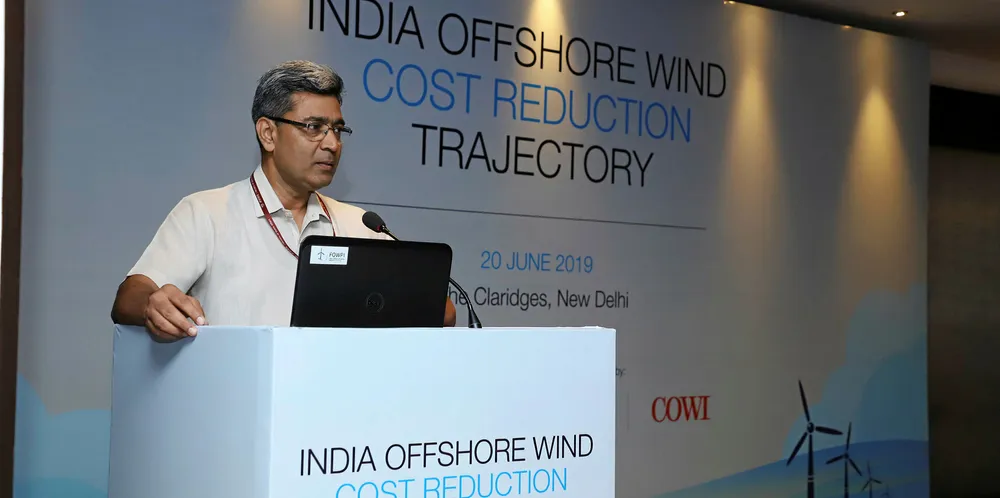India lines up $900m 'gap funding' for first offshore wind farm
Funding among cost reduction measures discussed at high-level conference ahead of landmark 1GW tender

Funding among cost reduction measures discussed at high-level conference ahead of landmark 1GW tender
